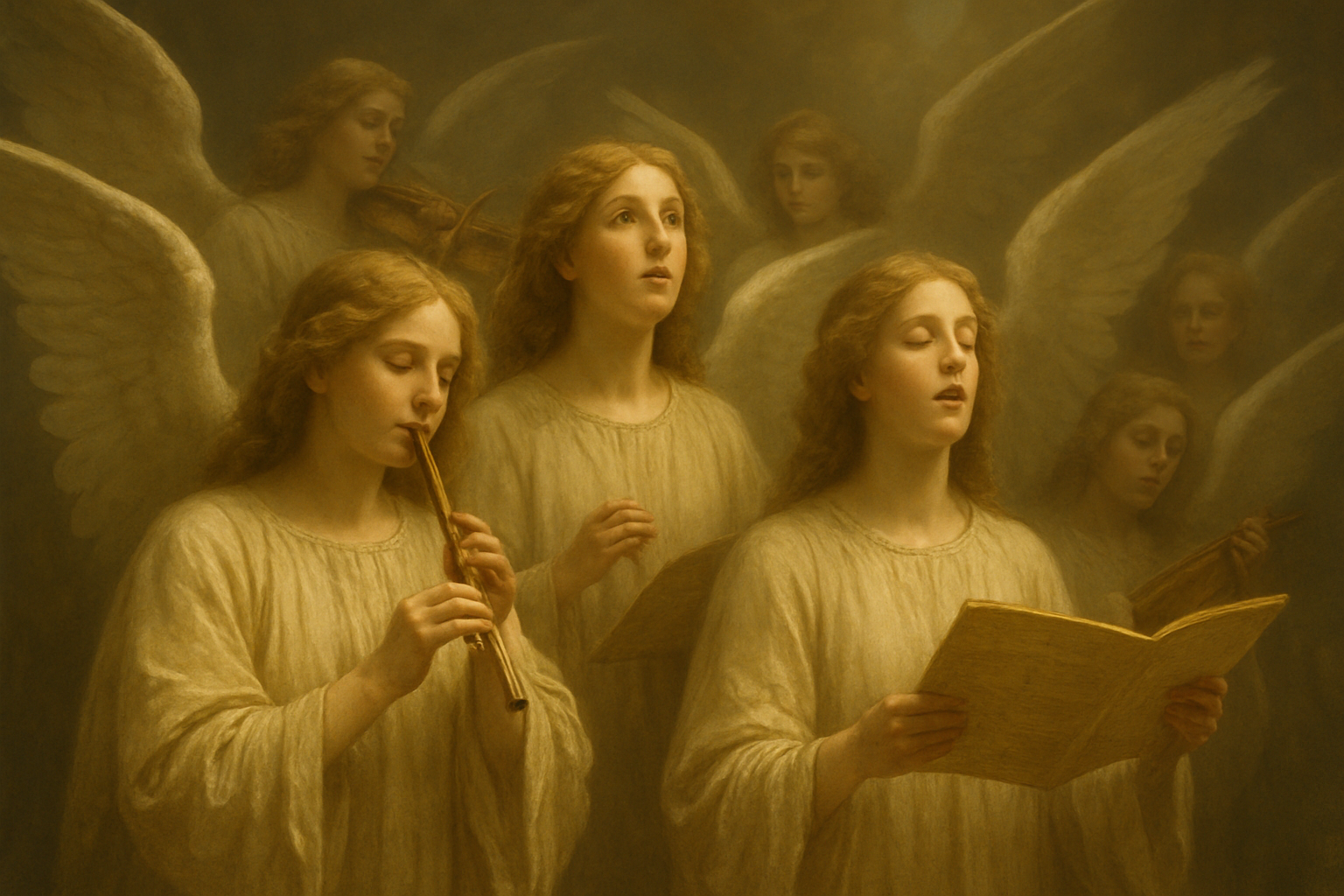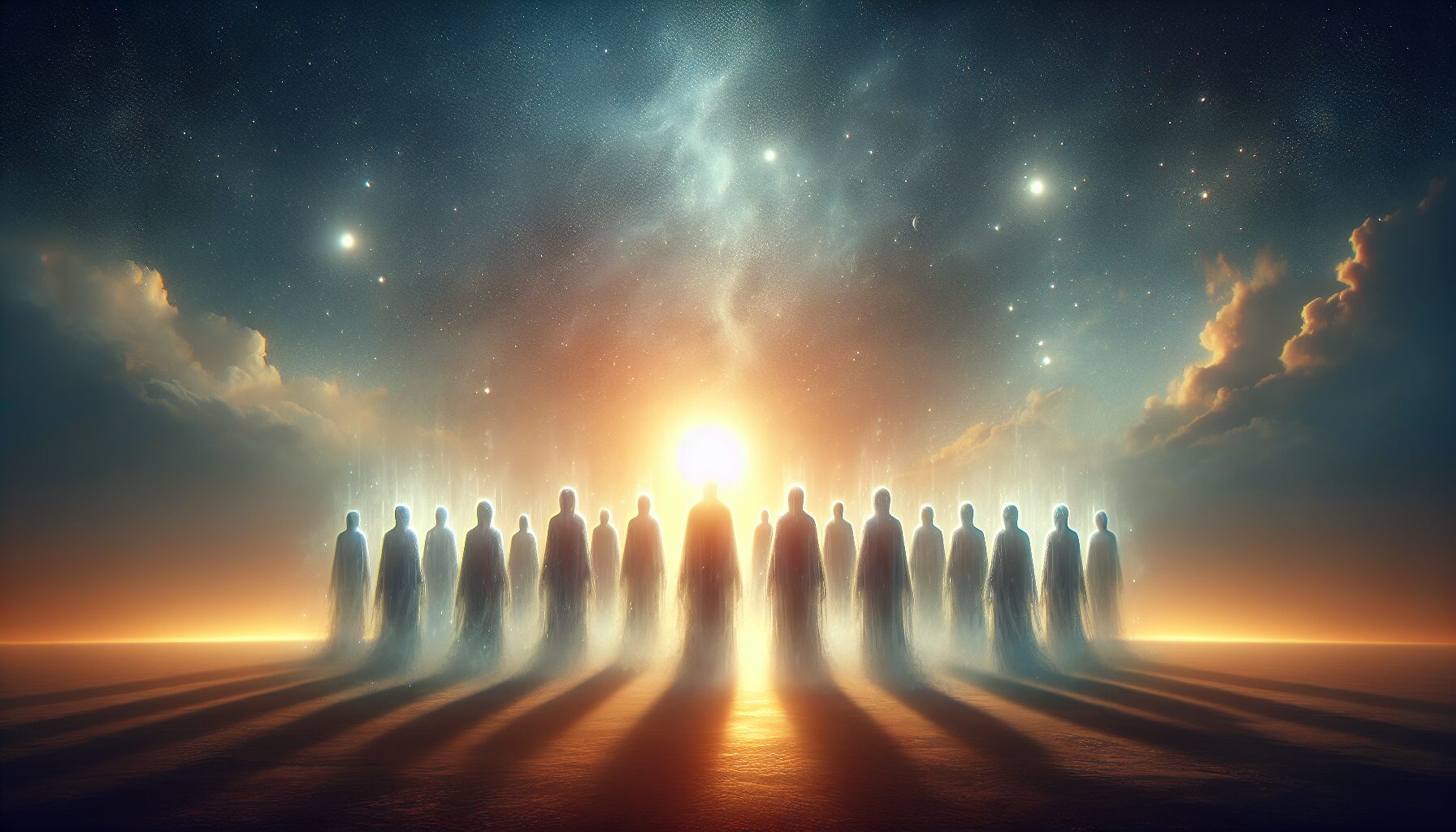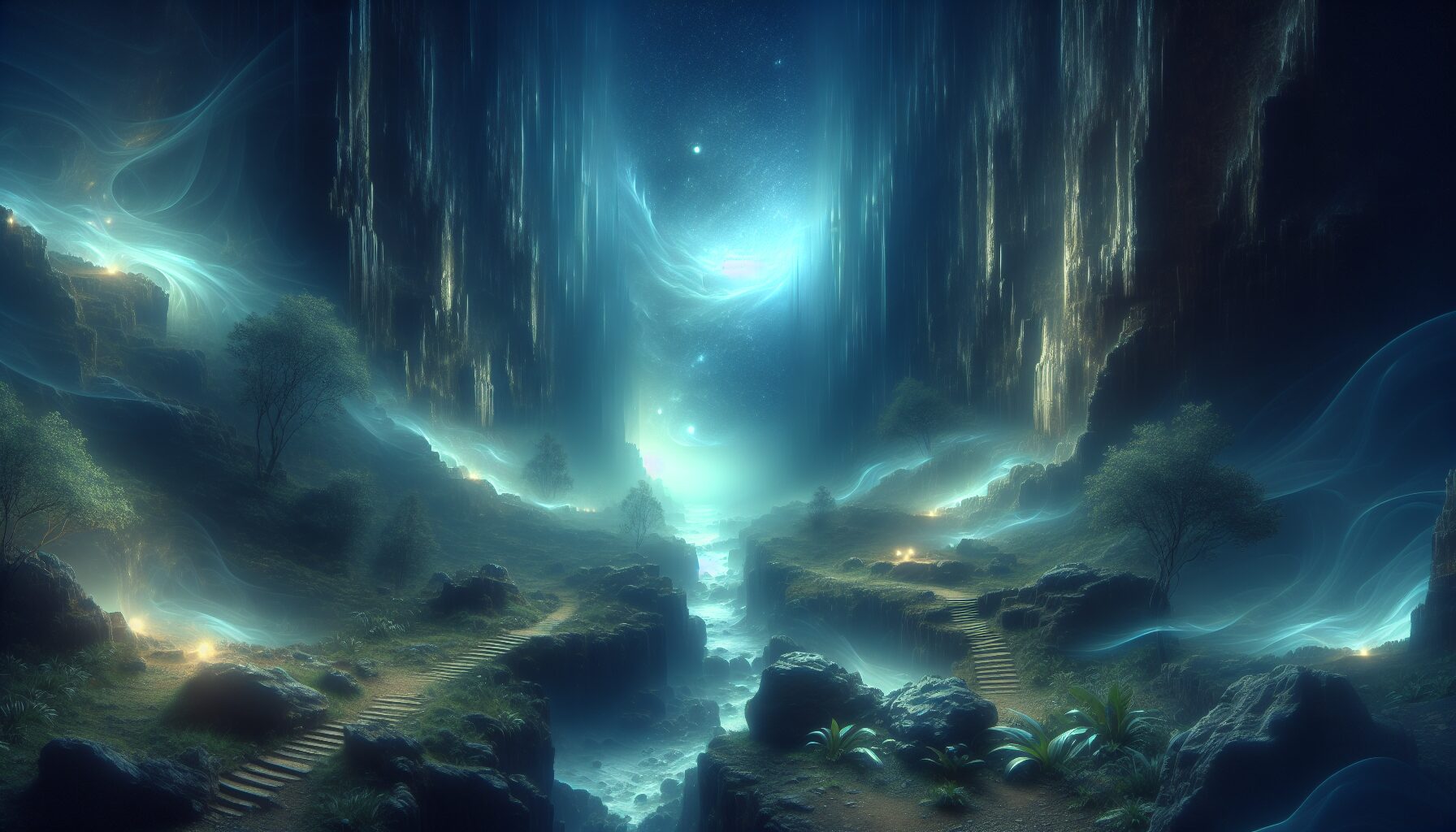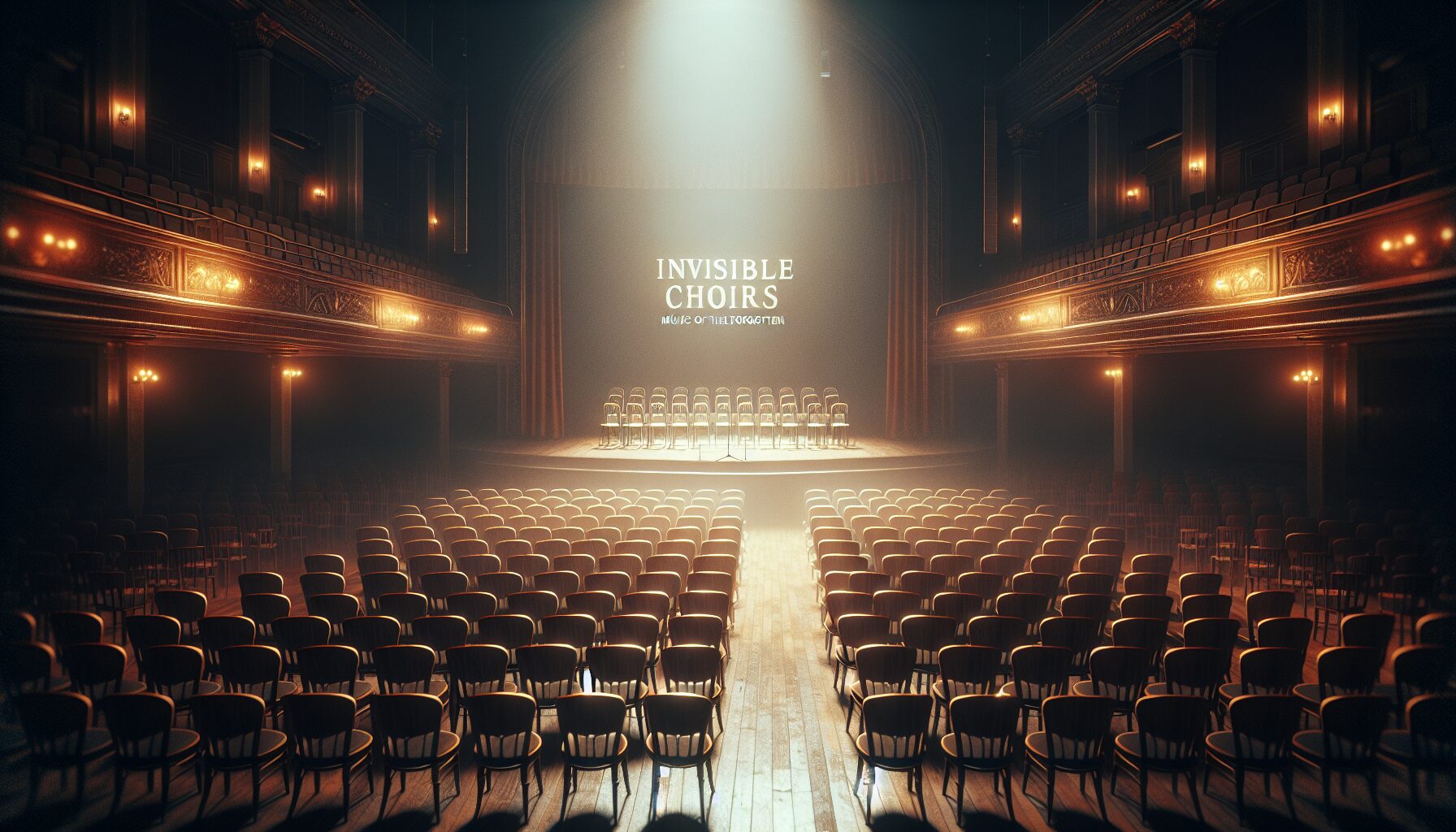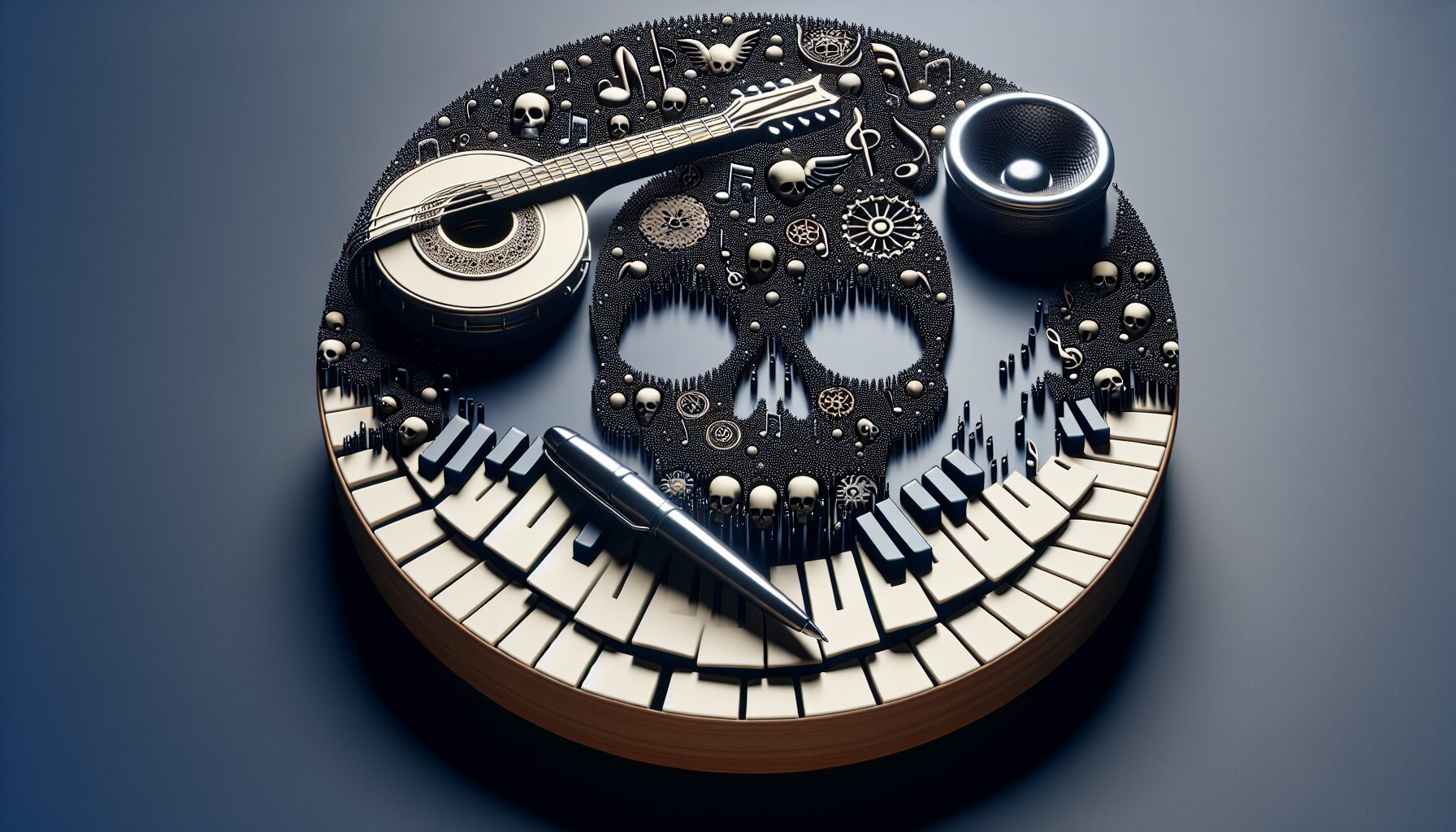Throughout history, angels have been a profound symbol, captivating the imaginations of artists and mystics alike. Their ethereal presence has inspired countless musical compositions and provided a wellspring of spiritual exploration and artistic expression.
Angels in Musical Composition
From Gregorian Chants to contemporary symphonies, angels have consistently been depicted as conduits of divine music. Their celestial associations have led to them being portrayed as the ultimate harbingers of harmony and peace. Consider Hildegard von Bingen, a 12th-century composer and mystic, who believed her music was inspired by angelic visions. Her compositions often sought to reflect the heavenly choir she envisioned in her spiritual visions.
“Heavenly beings are free of schema and display beauty by their simplicity, and elevate the spirit through divine song.” – Hildegard von Bingen
In modern times, compositions such as Olivier Messiaen’s Quartet for the End of Time, composed during World War II, invokes the presence of angels in its movements. Messiaen, a devout Catholic, often composed with a deep sense of spiritual and mystical themes, and angels regularly occupied a sacred place within his works.
Mystical Significance of Angels
Beyond the symphonic halls, angels have also played a key role in mystic traditions. In Christianity, Islam, and Judaism, angels serve as messengers between the divine and the mortal. Mystics such as Emanuel Swedenborg claimed direct communication with the angelic realm, detailing these encounters in his works, which have been integral to the understanding of heavenly hierarchies and the afterlife in spiritual teachings.
Their significance transcends religious boundaries, resonating with many who view angels as embodiments of divine protection and comfort. Angels are often cited in near-death experiences and are part of spiritual practices such as prayer and meditation. Their symbolic presence acts as a beacon of hope, offering solace in the face of adversity.
The Legacy of Angels in Culture
In sum, angels have imprinted themselves upon music and mysticism, blending these disciplines into a holistic narrative that speaks to the interconnectivity of the divine and the earthly. Their perpetual allure and the relationship between sound and spirituality create a resonant chord that spans centuries.
From scripture to symphony, the angelic role as intermediaries invites us to listen, reflect, and embrace the harmonies of the heavens that surround our everyday lives.
For further insight into the roles of angels in religious traditions, you can read more from Encyclopaedia Britannica.
